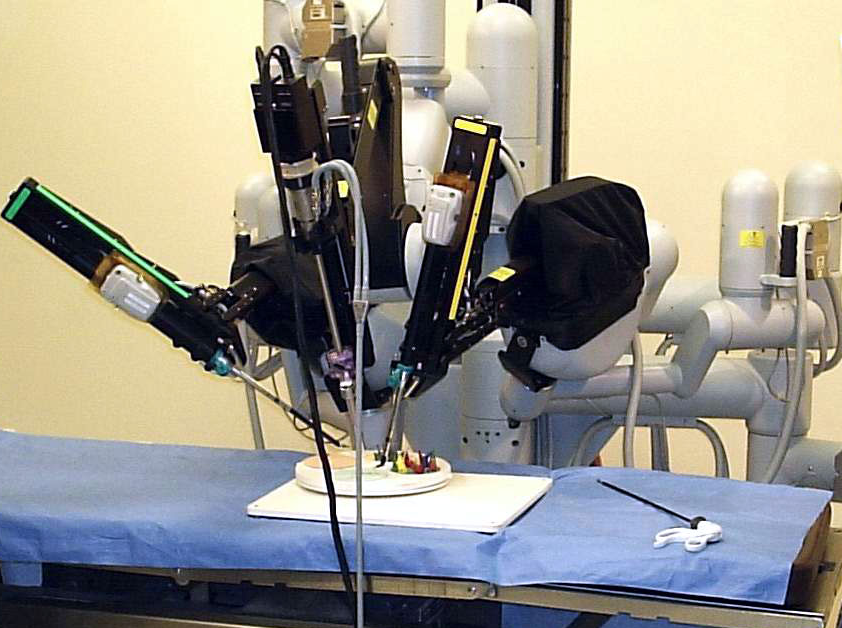
What is the cause of stuttering?
The mystery of stuttering has not yet been solved. Scientists know too little about how the brain works. All that remains to do is to speculate. According to one version of stuttering people have a different type of auditory perception: their own speech they hear with some delay. And stress and genetic predisposition are only a trigger for the disorder, but not its cause.
The hormonal theory links stuttering to an excess of the hormone dopamine in the brain. Its supporters prescribe “antidopamine” drugs for stutterers, but in practice they have more side effects than they do good.
German scientists see the cause of stuttering in damage to the nerve endings of the brain – regulators of speech. About a hundred muscles are involved in the work of the speech apparatus: some form sounds, others move the vocal cords, others provide the correct breathing. Together they make a coherent orchestra, but if the “conductor” is sick, speech begins to stumble.
Sometimes a child copies a stutterer friend, so stuttering is somewhat contagious.
Vocal therapy: useful and pleasant
There are at least 200 ways to correct speech: from herbs and grandmother’s incantations to computer programs of shock therapy. Vocal therapy is probably the most pleasant and harmless of them all.
– Never tell your child that you are taking him to treatment, – warns parents before the first lesson Irina Gorbatyuk, vocal therapist, graduate of the National Music Academy of Ukraine named after P.I. Tchaikovsky. Tchaikovsky. – Say that you are just going to sing.
Therapeutic singing: toning and the Mozart effect
Most often, stuttering manifests itself in the period of speech development from two to five years of age after experiencing an emotional shock. For example, the child was burned, frightened by a dog or hit by someone. Since then, in his soul settled high tension. The meditative sound “om-m-m-m-m-m-m” defuses it. In the past centuries it was used by Taoist monks to release accumulated negative energy. Irina offers it to her patients at the beginning of classes for psychological relaxation and warming up the vocal cords.
Mooing, humming (the long “u” sound reduces the feeling of fear), chanting vowels “a” and “o” help to relax, reduce muscle clamps of the vocal cords. Regular and prolonged chanting of vowel sounds (toning) causes vibrations that stimulate the anterior lobes of the brain, equalize the breathing of a child with stuttering, calm them down, give them confidence in their own abilities.
Toning has another healing effect. The vibrations of each vowel hit a certain internal organ. Scientists have proved that a long “e-e” has a beneficial effect on the glands of internal secretion, “a-a” massages the larynx, thyroid gland, “o-o” – the middle part of the chest, the sound combination “o-i-o-i” – massages the heart. In general, toning calms, helps to concentrate, lowers blood pressure, helps with insomnia and even relieves pain.
If necessary, phoniatrists (vocal cord specialists) prescribe their patients a pain-relieving exercise called the “Mozart Effect”. It is done sitting or lying down, completely relaxed. The person utters the sounds “a-a-a-a-a” or “o-o-o-o” while visualizing pain to the degree that the voice sounds. One may pull “oo-oo-oo” as the sound is pronounced in the word “soup”. Acute painful sensations relieves high “i-i-i-i”, it also helps to get rid of accumulated anger or anger. So the effect of therapeutic chants is “2 in 1”: both speech correction and general prevention.
Articulation exercises
Toning during vocal therapy sessions alternates with articulation exercises for the soft palate, cheeks, tongue, upper and lower jaws. At the same time, children knead fingers, rub palms. Palm massage, on the one hand, acts soothingly, on the other – the nerve endings on the fingers are connected to the brain areas responsible for speech. Their stimulation helps correct pronunciation.
After working with sounds, you can move on to syllables, and then – to songs. The syllables with resonating consonants and relaxing “u” are the easiest for stuttering: “zum”, “du”, “tu”, “tru”, “lu”, “mu”. Professional conductor Irina Gorbatyuk recommends that students help themselves with gesticulation. It is easier to pronounce sounds in motion. Movement is generally good for the vocal cords.
Experts in the field of physical vocalization have noticed a correlation between the condition of the muscles in the human body and the voice. If the musculature is sluggish and untrained, the voice sounds muffled, indistinct and senile. And vice versa, good physical shape – an ally of accurate pronunciation and purity of voice.
Song, choir, accompaniment
Not every song is a cure for stuttering. Therapeutic songs should begin with words where the first letter or the first syllable is under stress. Sing “Antoshka, Antoshka, let’s go potato digging” to a stutterer will be much easier than “Together it’s fun to walk across the expanse.” The open syllable at the beginning of the word helps to sing without stuttering a whole sentence, so such songs correct stuttering.
Especially useful in this speech defect choral singing. In the choir, the child’s voice dissolves in the general sound, he is not afraid to make mistakes, perfectly sung.
Musical education for stutterers – the best medicine. Especially useful to sing, accompanying himself on the guitar or piano: focusing on the game, the musician does not dwell on the pronunciation, and the speech flows smoothly.
Exercises for teenagers
In her classes with the older group, Irina uses the principles of exphonetics – the art of recitative, extended reading of sacred texts by clergy. Her students find it easier to recite verses in a chant than to recite them, and one of her patients sings perfectly in the church choir.
Another exercise for teenagers is recitative reading, a rap-style communication. It is most effective to combine it with beating out the rhythm on percussion instruments. In this regard, there is an interesting observation of music therapists: rapping out loud their problems in combination with beating the rhythm on percussion instruments (drum) helps to get rid of negative emotions.
Vocal therapy gives relaxation and liberation
Long silence is not very healthy at all. Being in forced rest, the vocal cords vibrate in tact with audible sounds: the voices of talkers, humming household appliances, the roar of cars. Whereas one of the most pleasant and useful for a person is the sound of his own voice, and if it also produces melodious trills, there is complete relaxation.
Vocal therapy, which revitalizes the senses, benefits silent people – people who find it difficult to express their thoughts. Singing sounds, syllables and whole compositions helps twenty-year-old boys to loosen up their speech, overcome shyness and talk to girls.
Exams and homework
Every six months Iryna Gorbatyuk’s patients in the “vocal therapy” class take an exam: they recite poems, sing songs and conduct themselves. Especially noticeable are the successes of those who do their homework – listening to classical compositions by Mozart, such as “Little Night Serenade”, works by Glinka, Schumann.
Healing when stuttering affects the child chamber, string music: the gentle sound of the violin with a bell. Organ, xylophone, piano give a toning effect.



